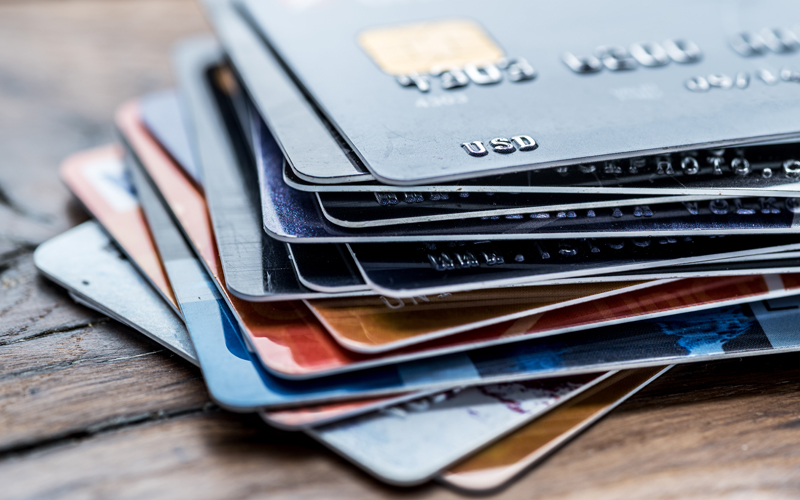From offering cash-back, merchandise or frequent flyer points, credit card rewards programs are a popular way banks entice people to sign up. But like any incentive program, you really need to crunch the numbers to see if they’re worth it. Here’s how.
What do I need to spend?
Rewards programs can be really worthwhile for big spenders, but get less attractive the less you spend. Which doesn’t make them ideal if you’re trying to rein in your spending.
Definitely do that: 3 simple tips to stop overspending
Obviously the individual program will dictate how well you’re rewarded, with some cards requiring as much as $24,000 to be spent to earn a $100 voucher. That’s just plain silly.
With the average annual credit card spend sitting at about $18,000, most rewards programs will see you not breaking even after you take into account the annual fee.
In fact, the value of a rewards point varies significantly across different credit card loyalty programs. This includes huge variances in both number of points earned per dollar and the value of that point when choosing a reward.
For example, Point Hacks, which measures the deals on frequent flyer point in Australia, found that one point on a frequent flyer program was worth anywhere from 0.5 cents per point up to 1.2 cents per point. Assuming both programs paid one point per every dollar spent, that’s the equivalent of being $126 out of pocket if you were with the card that paid the lower amount and spent the average $18,000.
Canstar does some great analysis of how different cards stack up at different spending levels, so head there to check out the options that might suit you best.
What’s in the fine print?
Read the terms of use and product disclosure statement carefully. For existing cards, it’s important to check out the earn rate on statements, which will tell you how many points you’ll need to get a dollar of value.
For example, you might spend $10,000 a year and earn 10,000 points, which sounds great, but the program might require 100 points to redeem $1 worth of rewards. That means you’ll end up with $100 worth of rewards for that spend.
And that’s the key – calculating the dollar value of rewards. Then deduct the annual card fee and see whether it’s worthwhile at your level of spending.
Research conducted by Mozo last year indicated that most Australians are finding that the rewards aren’t worth it, especially in the current world climate. Losing the value of frequent flyer points is really biting during COVID. Gift card earnings just aren’t stacking up.
“Mozo analysis found that if you’re opting for a gift card return, three times out of four you’re losing money because your annual fee actually outstrips the reward return,” said Mozo Director Kirsty Lamont.
More on this: Stop wasting your money on bank fees
Beware of payment surcharges
In addition to an annual fee, many credit cards incur a transaction fee or payment surcharge each time you use them. Most merchants don’t pass this fee onto you, but many do. You might be made aware of it by the merchant before payment, or there might be a sign indicating that certain credit cards attract a fee for use. This fee is generally passed on at 1.5 per cent of the purchase price.
So, this is another fee to factor in before assuming your rewards card program is worth it. Is the value of the payment surcharge higher than the actual points value? In the Points Hack example above, only the higher points value reward cards will see you come out on top in this scenario.
Is it any wonder that Aussies are starting to give credit cards the flick?
Which one is best to focus on?
If you have multiple cards with the same bank, it might be possible to maximise rewards. However if they’re with two separate financial institutions, it’s likely you’ll be doubling up on fees and splitting your spend.
The trick is to find the best program and consolidate your spending there.





























Trending